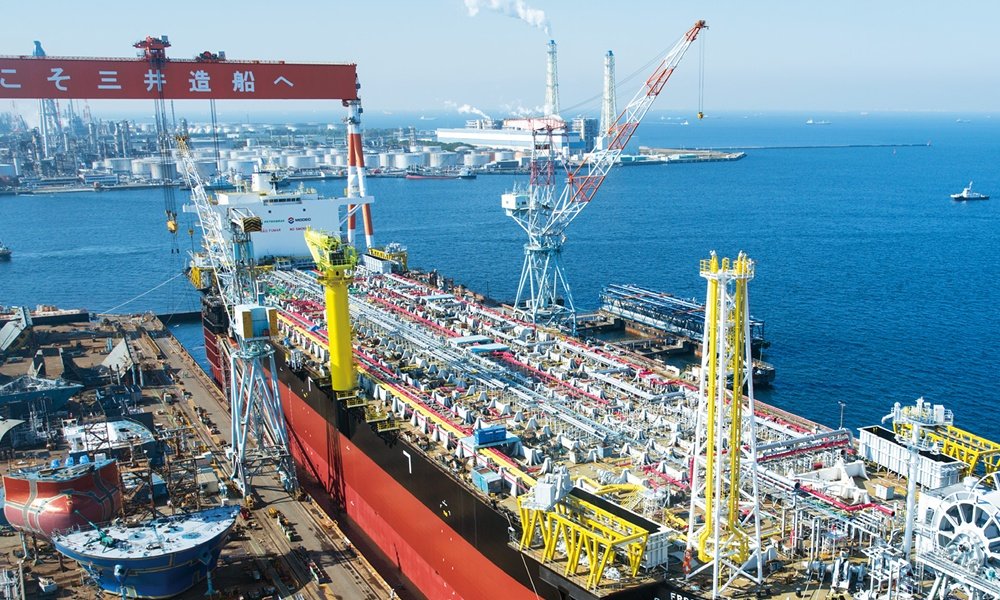
Mitsui E&S Shipbuilding has been rebranded Tsuneishi Solutions Tokyobay having been bought by Tsuneishi Shipbuilding, the latest in a series of shipyard mergers ongoing in Japan.
Tsuneishi Shipbuilding and Mitsui E&S Shipbuilding, whose shipbuilding heritage dates back to 1917, had been in a capital alliance for the past four years, but Tsuneishi decided to buy out the shipbuilder from Mitsui E&S earlier this year. Tsuneishi Solutions Tokyobay will focus on maritime technology and will not be building ships anymore. Tsuneishi has many subsidiaries, including yards in China and the Philippines.
Last month, Imabari Shipbuilding, Japan’s top yard, took control of Japan Marine United Corporation (JMU), the nation’s second-largest shipbuilder.
Japan, once the undisputed titan of global shipbuilding, is embarking on an ambitious journey to rejuvenate its maritime manufacturing prowess, aiming to double its shipbuilding output by 2030. This strategy, spearheaded by the ruling Liberal Democratic Party (LDP) and the newly appointed leadership of the Japan Shipbuilding Industry Association (JSIA), is driven by a complex interplay of economic security, decarbonisation imperatives, and a desire to regain significant global market share in a rapidly evolving geopolitical landscape.
For decades, Japan commanded a dominant position in shipbuilding, accounting for nearly 50% of global output in the 1990s. However, intense price competition, coupled with substantial state subsidies and economies of scale enjoyed by Chinese and South Korean yards, led to a sharp decline. Today, Japan’s global market share has plummeted to roughly 10%, trailing far behind China (70% of newbuild capacity) and South Korea.